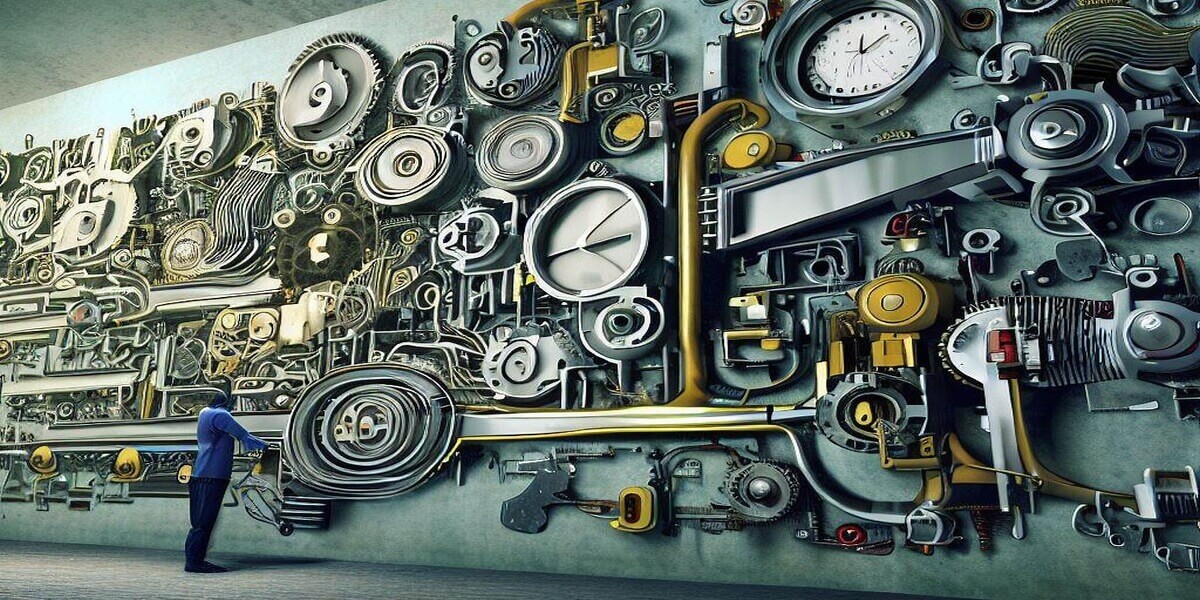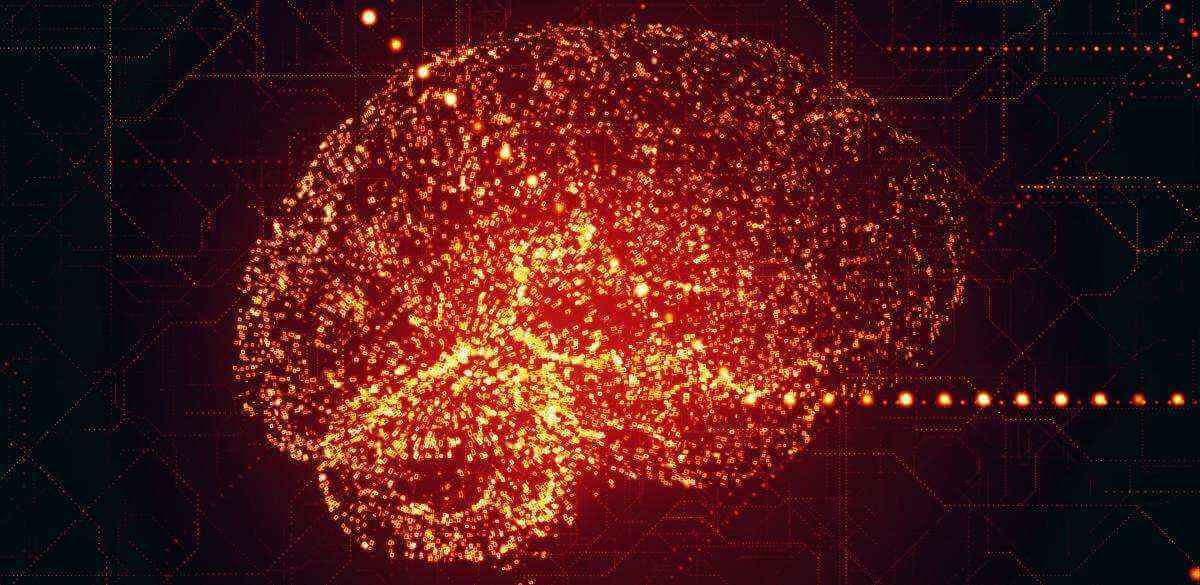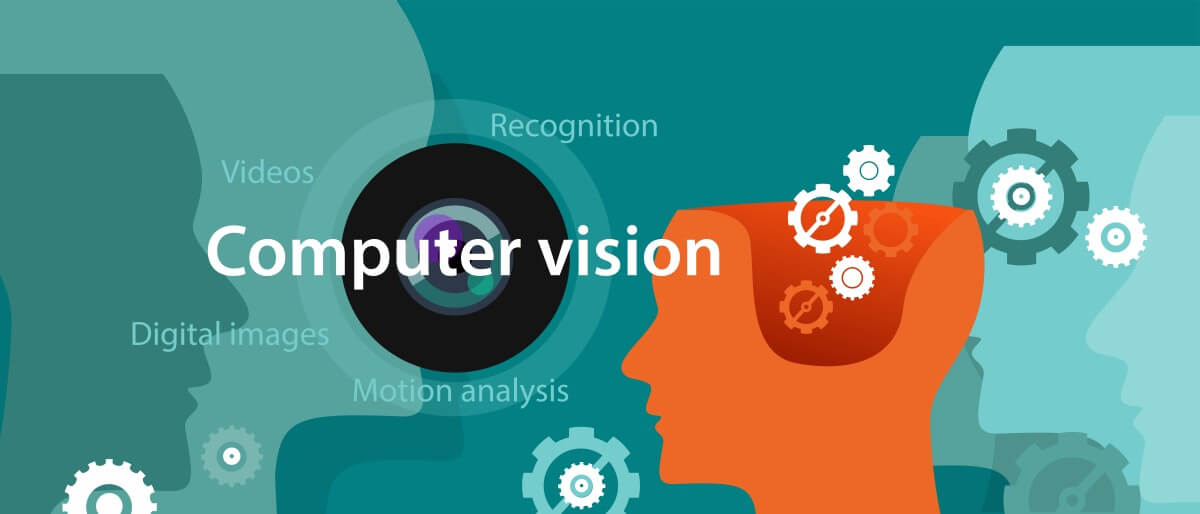Crafting Text Generators: A Dive into Transformer Architecture
At the time of writing this post (its Polish version was created in April/May 2023), there’s still quite a widespread excitement about the possibilities of large language models. These possibilities were spectacularly showcased to us by a solution released at the end of 2022 by OpenAI, and our world will never be the same again. …









